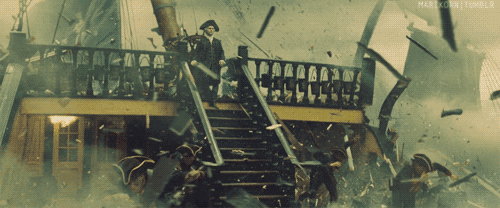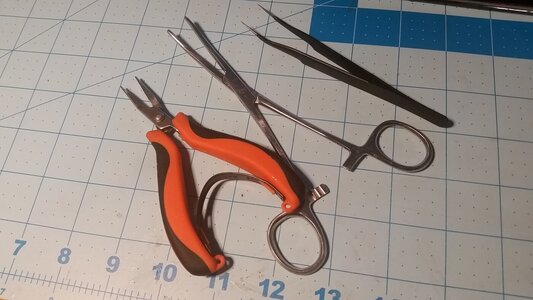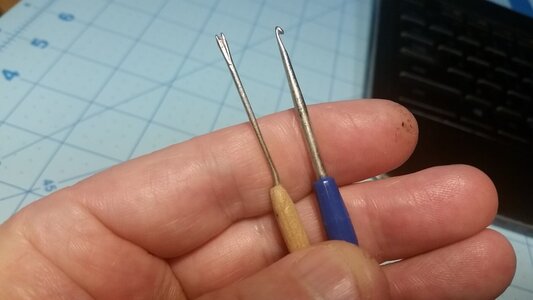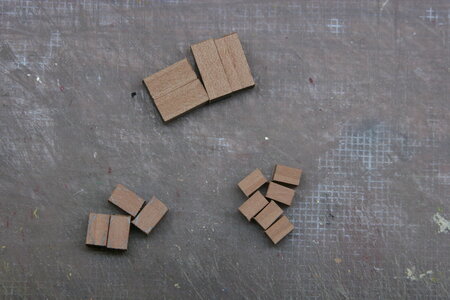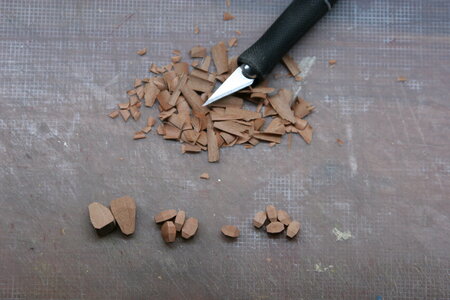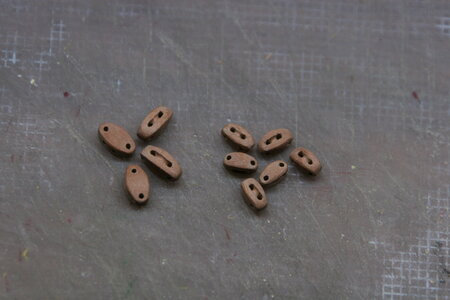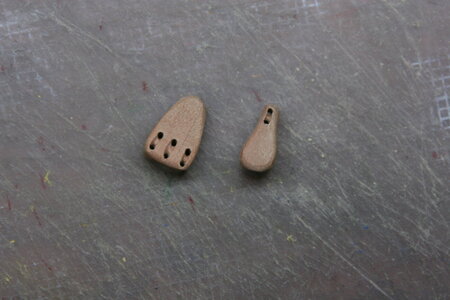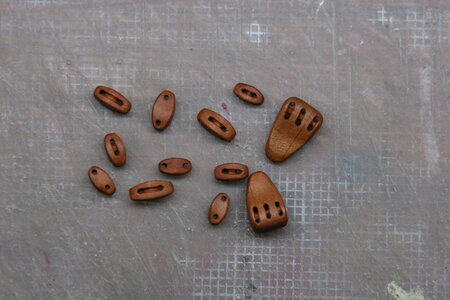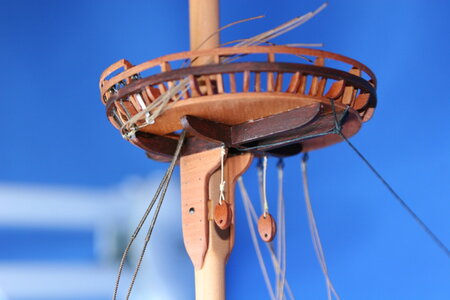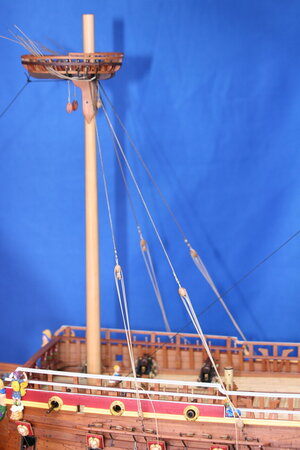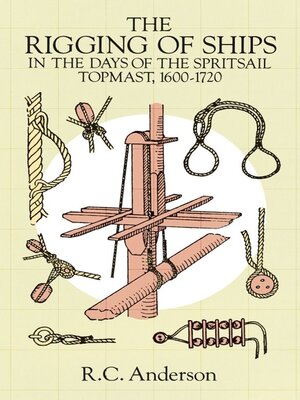Hello Friends,
As I make the transition to rigging, I have been forced back into the build logs of my Vasa-building predecessors. In doing that I was reminded of the general level of excellence to be found in this niche community. On this forum and others there are some really masterful renditions of my beloved Vasa.
Equally impressive is the variety of rigging solutions for this ship. Indeed, there are more different interpretations than there are universal agreements. In fact, folks will make claims with great confidence: THIS IS HOW YOU DO THAT - and others will be equally assertive for an entirely different approach. At first I was greatly dismayed by that, but then I felt a certain freedom rising up from the discouragement. If people who know what they are doing have made different choices the 'bar' isn't as high as I feared it might be.
Anyway, I spent the entire day yesterday studying books, rigging guides, and build logs looking for answers to a very narrow set of questions about shrouds and mast tackles (and a bit about stays). Nothing was 'accomplished' on the ship itself - but decisions were made, and I'll call that progress.
Just so I could get my sea legs I decided I would rig
one line. My goal was to get a sense of the skills I would need to develop. I served a rope, seized blocks, attached a hook - all things YOU already know how to do. For me it was all new ground being traveled (though I did rig cannons previously).
I also built some 'helpers' to assist me during the rigging stage. I have one of those alligator-clip 'third hand' things but I couldn't get it to hold lines securely or keep the rope straight enough for my tastes.
Here is my first finished line - a forward mast tackle using a violin (fiddle?) block and single block/hook at the channel (what Anderson calls a four-part Dutch tackle):
View attachment 281397
I started by creating a loop (a bight?) in the line. The rope diameter is 0.66 mm (I'll use the same size for the foremast shrouds) and has been served where it lays over the mast.
View attachment 281390 View attachment 281391
View attachment 281392
I then rigged up my blocks. Here is my 'helper' helping me tie into the loop at the violin block:
View attachment 281393
And here are some close-up images for your critical review. First, the loop over the mast:
View attachment 281396
The rigging at the violin block:
View attachment 281394
And the rigging at the channel:
View attachment 281395
Things I learned so far:
- This is going to take a long time.
- I don't have enough rope made - there is a lot of waste.
- Tweezers work better than fingers (at least in my hands - I'm pretty comfortable using small tools).
Perhaps the most important thing I learned was that I did not 'hate' this as much as I feared I might. I was not super enthused with the process of rigging cannons, and I feared that might carry over. At least for now this was more fun (satisfying) than drudgery.
Still, it is clear I have rolled out of the blow-up 'pretty princess' kiddie pool right into the Olympic-sized competition pool...
This would be a great time for you all to point out things I did wrong during this trial run. I would be most grateful for your wise counsel and tricks of the trade.
Peace.






